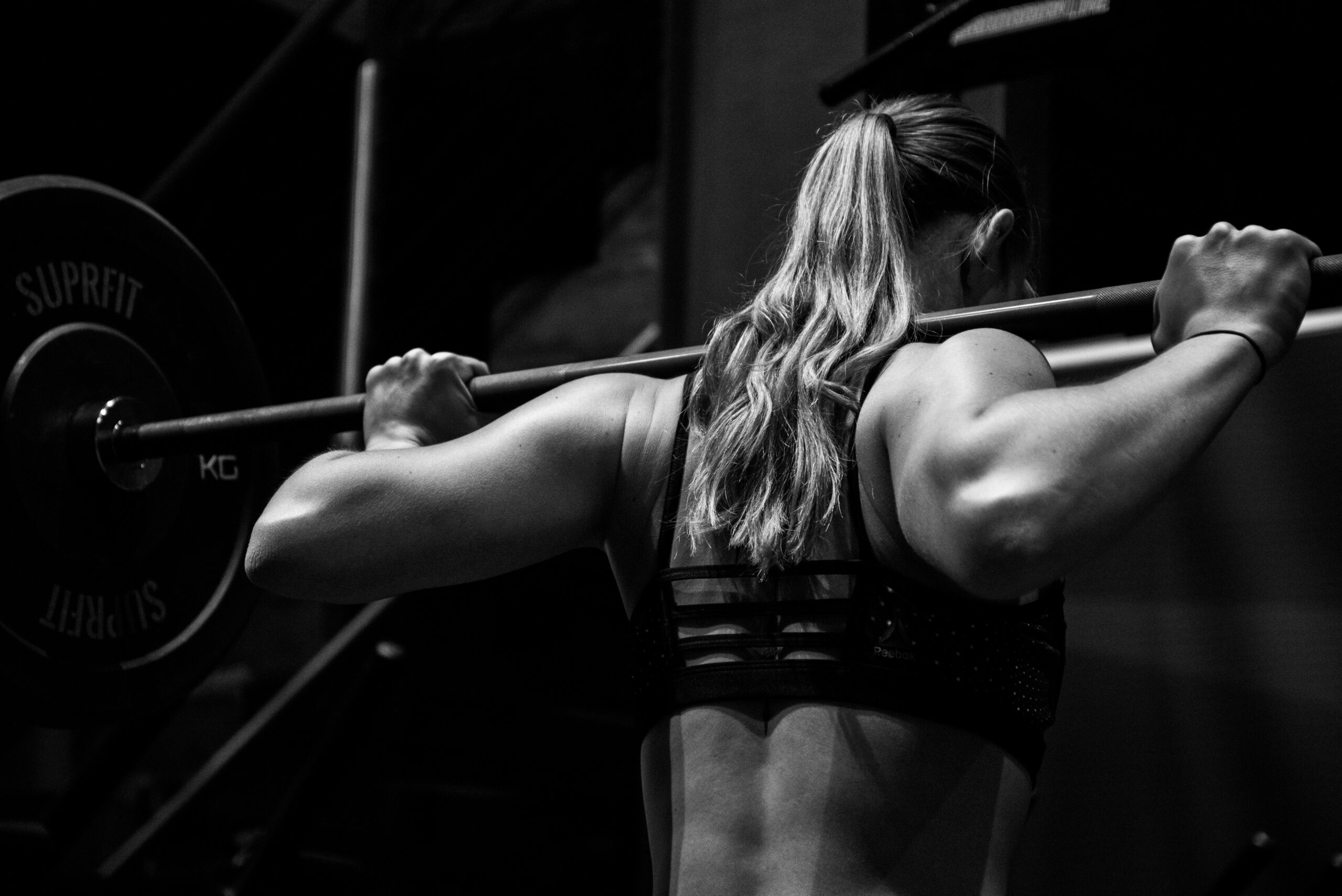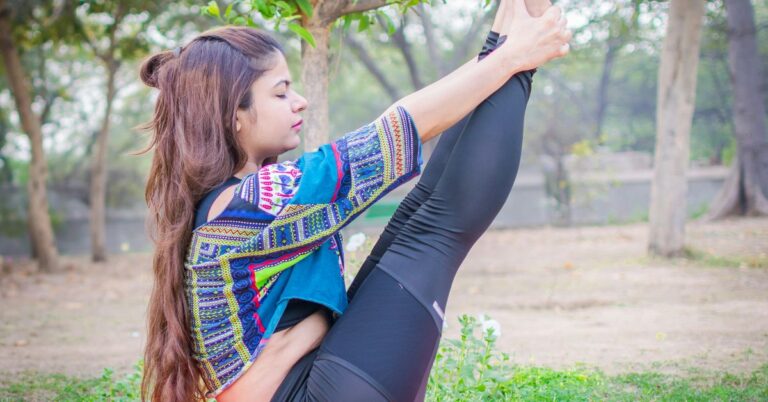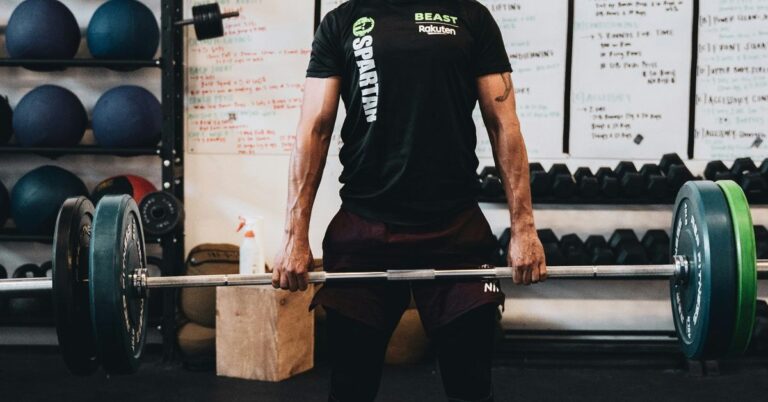Breaking Barriers in Women’s Sports Today
Picture this: a young girl in a small town, a soccer ball at her feet, practicing shots against a weathered barn that serves as her makeshift goal. She dreams not just of playing for her school team but of making it to the World Cup. Her friends might roll their eyes at her ambitions, but she’s determined. Fast forward a couple of decades, and that girl is standing on a global stage, lifting a trophy that symbolizes not just victory, but the breaking of barriers that once seemed insurmountable.
Women’s sports have come a long way in recent years, but the journey is far from over. The rise of female athletes breaking into mainstream consciousness has ushered in a new era, challenging old stereotypes and paving the way for the next generation. However, it’s not just about the athletes; it’s about the systemic changes that have created a more equitable environment for women in sports. So, what exactly does it mean to break barriers in women’s sports today? Let’s dive in.
The Historical Context
To fully appreciate how far women’s sports have come, we must take a quick glance back in time. Women have been competing in sports for centuries, but their recognition and acceptance have been a different story. Take the 1920 Olympics, for instance, where women were allowed to compete in just a handful of events. Fast forward to the 1960s and ‘70s, and we see a burgeoning movement for women’s rights that brought sports into the spotlight.
One pivotal moment was the passing of Title IX in the United States in 1972, a federal law that prohibited gender discrimination in education programs and activities, including sports. Title IX opened the floodgates, exponentially increasing female participation in sports at all levels. Girls who once had limited opportunities now had access to school teams, scholarships, and, ultimately, professional avenues.
But even with these legislative victories, challenges remained. The media often underrepresented female athletes, referring to them as “the female version” of their male counterparts. A classic example? For years, women’s sports coverage in mainstream media was relegated to the back pages, if it was covered at all. But that narrative is changing, and it’s worth celebrating.
Shattering Stereotypes
When we think of trailblazers in women’s sports, names like Serena Williams and Simone Biles often come to mind. But let’s not forget the countless other athletes who have made significant strides. Take the story of Elana Meyers Taylor, for instance. A two-time Olympic medalist in bobsledding, she has not only excelled in a sport often dominated by men but has also become a vocal advocate for social justice and equality within sports. Her journey reflects the challenges many women face, but it also showcases resilience and determination.
The narrative surrounding women athletes is shifting, and it’s not just about their athletic prowess. It’s also about their stories, their struggles, and their triumphs. Women like Megan Rapinoe have taken a stand on critical issues, advocating for equal pay and LGBTQ+ rights, thus becoming role models not just in sports but in society. (Can you imagine if all athletes utilized their platform like this? The world would be a different place!)
It’s no longer just about winning games; it’s about winning hearts and minds. A female athlete’s success is now intertwined with social change, and this is a powerful evolution. We’re witnessing a generation of women who are not afraid to speak out, not afraid to challenge the status quo—whether it’s on the field, in the rink, or on the court.
The Role of Media
As the saying goes, representation matters. And in sports, the media plays a pivotal role in shaping narratives. The increase in coverage of women’s sports has been a game-changer, with networks dedicating entire segments to women athletes and events. It’s not just about the big names anymore; local leagues and up-and-coming stars are finally getting their spotlight, too. Remember the first time you saw a women’s soccer game broadcast during prime time? It felt revolutionary, didn’t it?
Social media has also played a critical role in elevating women’s sports. Platforms like Instagram and Twitter allow athletes to share their journeys, connect with fans, and build their brands. Take a moment to scroll through the accounts of female athletes—many are using their platforms to advocate for causes they believe in, engage with their audience, and, quite frankly, make waves. It’s a refreshing change from the days when athletes were often seen but rarely heard.
The Impact of Title IX
Let’s circle back to Title IX for a moment. The impact of this legislation cannot be overstated; it has created opportunities for countless female athletes across the U.S. and beyond. Women now have access to scholarships, competitive teams, and, crucially, the chance to pursue sports professionally. But like any good story, there’s a twist. While Title IX has opened doors, it also highlighted disparities that still exist today.
For example, funding for women’s sports programs often lags behind their male counterparts. This disparity can affect everything from coaching to facilities, and ultimately, the athletes themselves. It’s a frustrating reality, particularly when you consider the success of women’s teams across various sports. The U.S. Women’s National Soccer Team has consistently outperformed its male counterpart, yet the fight for equal pay continues.
It brings to mind a question I often ponder: How do we change this narrative? The answer lies in advocacy and education. By raising awareness about these disparities, we can push for more equitable funding and support for women’s sports programs. After all, it’s not just about individual success; it’s about building a sustainable future for women in sports.
Grassroots Movements and Local Heroes
While the spotlight often shines on elite athletes, it’s essential to recognize the grassroots movements that are making waves in women’s sports. Local leagues, community organizations, and youth programs are where the magic begins. They are the breeding grounds for the next generation of female athletes, instilling confidence and skills at a young age.
Consider a small community basketball league that encourages girls to participate. Not only are they learning the fundamentals of the game, but they’re also building friendships and developing leadership skills. Programs like these are vital—they offer a safe space for girls to express themselves, compete, and grow. It’s in these local arenas that future champions are forged.
And let’s not overlook the mentors who play an essential role in this journey. Coaches, older athletes, and community leaders can profoundly impact young girls, showing them what’s possible. I remember attending a local sports camp where a former college athlete spoke to the girls about her journey. The way their eyes lit up? It was electric. They saw themselves in her story, and suddenly, the dream of playing professionally didn’t seem so far away. (And isn’t that what we all want? A little hope, a little inspiration?)
Breaking into Male-Dominated Sports
Women breaking into traditionally male-dominated sports is a significant aspect of breaking barriers today. Take the world of motorsports, for instance, where women like Danica Patrick and Leilani Münter have made headlines. Their presence in NASCAR and other racing circuits has challenged perceptions and opened doors for future female drivers. The conversation around women in motorsports is evolving, and it’s exciting to see.
Similarly, in football, women are carving out space in coaching and management roles. The historic hiring of Jennifer King as a full-time coach with the Washington Football Team marked a significant milestone. When women infiltrate these male-dominated spaces, they not only change the game but also inspire countless others to pursue their dreams, regardless of societal norms.
And let’s not forget the U.S. Women’s National Football Team, who have been at the forefront of advocating for women’s rights and equality in sports. Their victory in the 2019 FIFA Women’s World Cup was not just a triumph on the field; it galvanized a movement. The fight for equal pay and recognition continues, and their resilience serves as a beacon for athletes everywhere.
The Evolution of Sponsorship
In an era where visibility is crucial, sponsorship plays a significant role in shaping the landscape of women’s sports. Brands are beginning to realize the value of investing in female athletes and teams, and it’s about time! Companies like Nike and Adidas have launched initiatives aimed at promoting women’s sports, while athletes are increasingly becoming brand ambassadors. This shift signifies a growing recognition that women athletes deserve the same support and marketing as their male counterparts.
But let’s be real—there’s still a long way to go. Female athletes often receive less sponsorship money than males, despite equal or greater performance levels. The disparity in financial support can impact everything from training to competition. It’s imperative that companies commit to equitable sponsorship practices, not just because it’s the right thing to do, but because it makes good business sense. Who wouldn’t want to align with a rising star?
The Future is Bright
As we look ahead, the landscape of women’s sports is brightening. With every passing year, we’re seeing more female athletes take center stage, more girls participating in sports, and more conversations about gender equality in the athletic arena. The barriers that once confined women are slowly crumbling, replaced by a commitment to inclusivity and representation.
Yet, as the saying goes, with great power comes great responsibility. It’s essential for all of us—fans, organizations, and athletes alike—to continue advocating for change. Whether it’s pushing for better coverage of women’s sports or supporting local leagues, every action counts. We must hold ourselves accountable to ensure that the progress we’ve made doesn’t stall.
In Conclusion: A Call to Action
Breaking barriers in women’s sports today is not just a narrative; it’s a movement. It’s about celebrating the stories of incredible athletes, recognizing the systemic changes that have allowed for this progress, and continuing to fight for equity and representation. So, what can you do? Spread the word about women’s sports, support female athletes, and challenge outdated perceptions when you see them. Together, we can foster an environment where every young girl can dream big and know that she can achieve those dreams—whether it’s on the soccer pitch, the basketball court, or even the racetrack.
After all, the next generation of female athletes is watching, waiting, and ready to break barriers. It’s our job to cheer them on and ensure they have the opportunities they deserve. Who knows? The next time you watch a championship game, you might see them lifting that trophy and thinking back to that little girl kicking a ball against a barn, dreaming of greatness.













